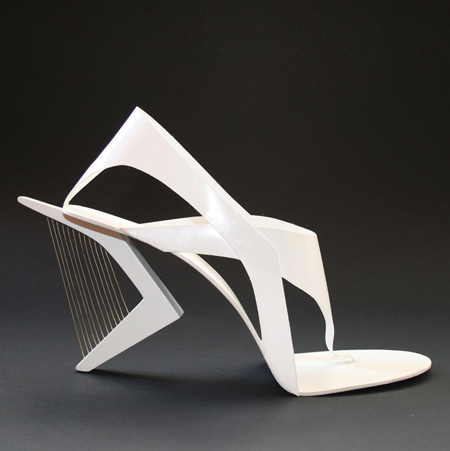
Shoes by Tea Petrovic
Sarajevo designer Tea Petrovic has designed a collection of shoes based on the work of late Russian sculptor Naum Gabo and Spanish architect Santiago Calatrava.

The collection includes ten different prototypes created while Petrovic was studying at the Academy of Fine Arts in Sarajevo.
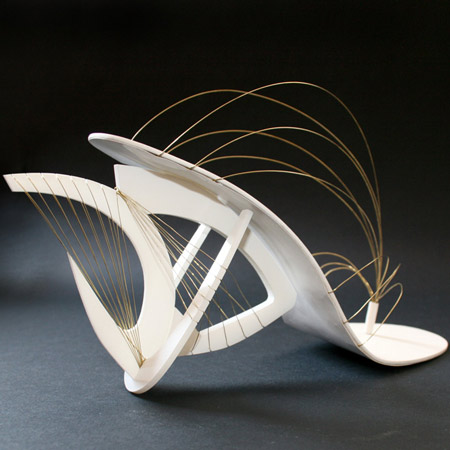
Petrovic aimed to exploit the space between the sole, heel and floor.
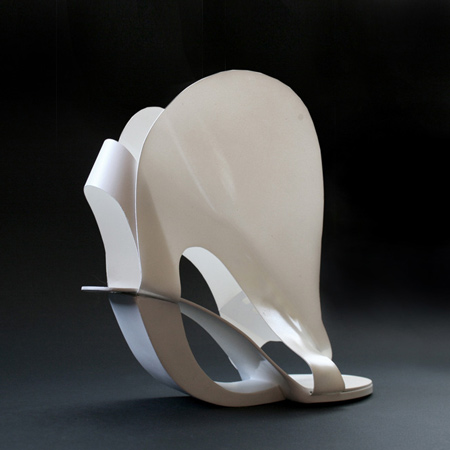
The text below is from the designer:
My name is Tea Petrovic, a graduated student of the Academy of Fine Arts in Sarajevo, Bosnia & Herzegovina.
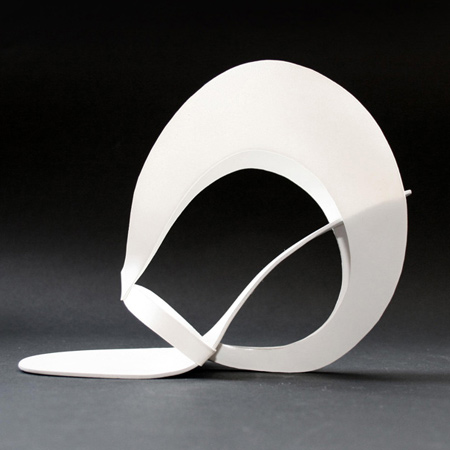
I have created a shoe collection, as my graduating project, that is centered around the idea that each shoe is an sculptural-architectural structured form.
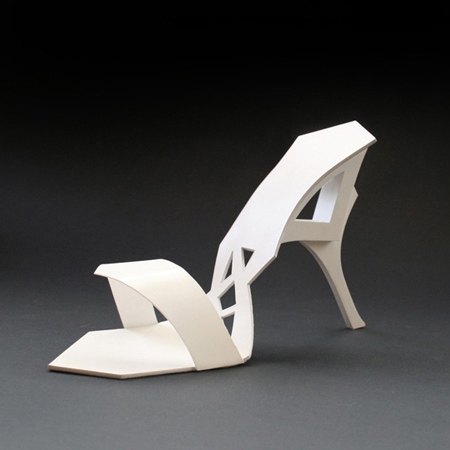
The collection contains ten prototypes entirely handmade.
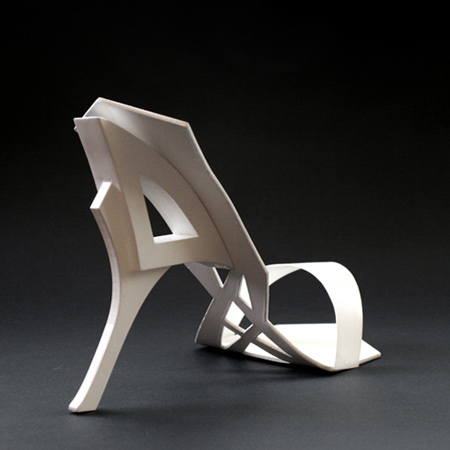
Each model is an experiment with the high heel, because they determine the whole form of a shoe.
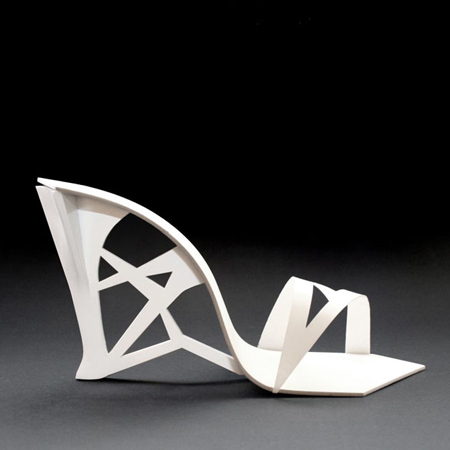
The heels are columns, constructive elements on which the whole creative process is based with an aim to create a new concept of high heels.
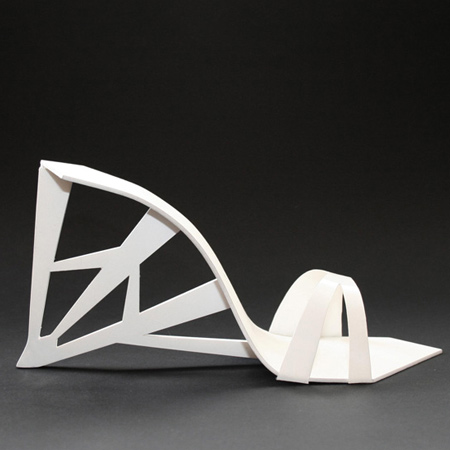
Bernard Figueroa once said: "There is so much space between a woman's heel and the floor that one can use.", and that is exactly what I tried to accomplish using this space as much as possible.
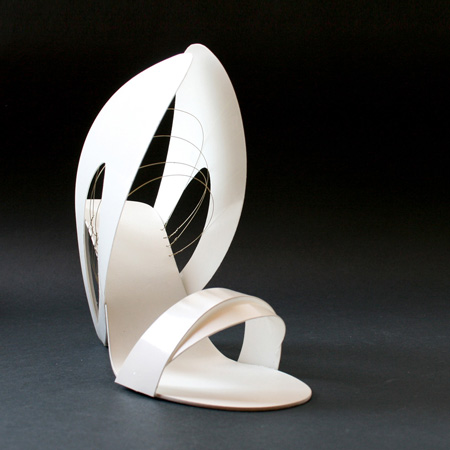
These shoes are primarily an art object and their function is secondary.
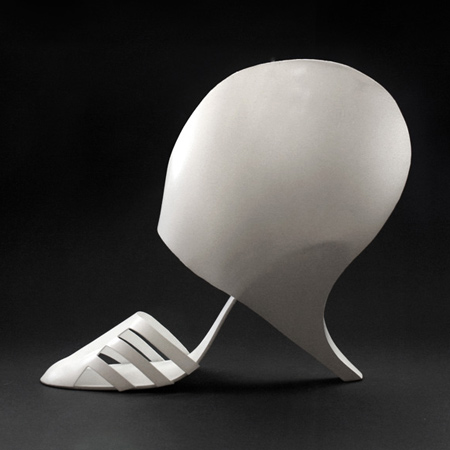
The focus is on the form, their only decorative element. Design is based on the exploration of new high heel shapes, resulting in numerous variations of their basic form.
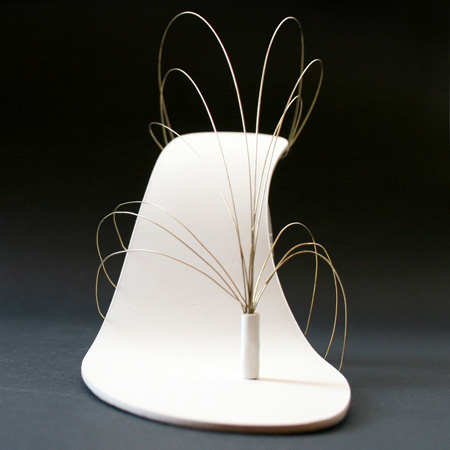
The heel shapes are created by multiplying, intercepting and rotating 2D surfaces in order to achieve a 3D figure.

As a result there are three groups each representing a different approach to unique design forms.
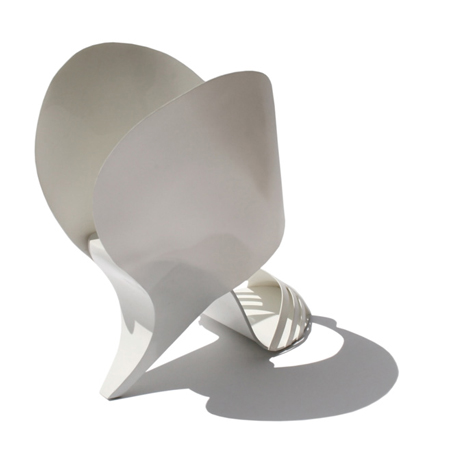
The first group - linear constructions - is inspired by Naum Gabo and they represent the idea of levity, transparency and complex structure.
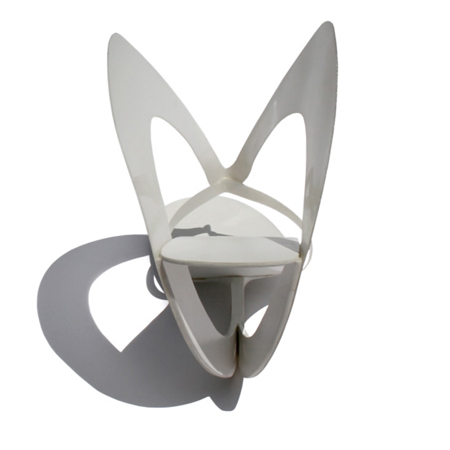
Architectural shoe - the second group refers to the constructions and architecture of Santiago Calatrava with an accent on detail. These high heels are sculptural figures which dominate and determine the form of a shoe.
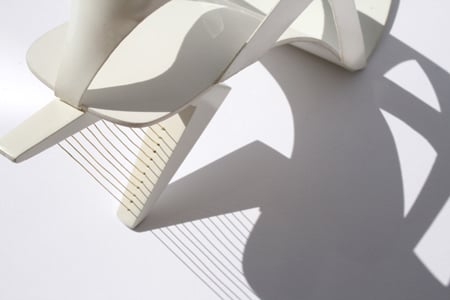
The final group of the collection - wings/variations - are steered around the tendency for natural, organic shapes, compact forms and distinct sculptural and architectural details. The whole concept is based on monocoque form.
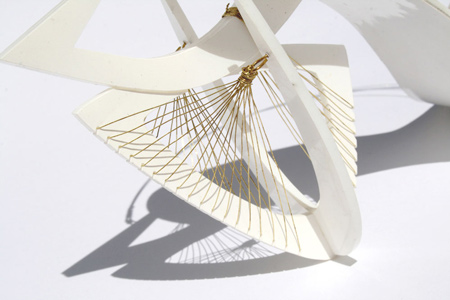
To underline their sculptural form, the shoes are kept white, which on the other hand emphasis the artistic language, present in the entire collection.
